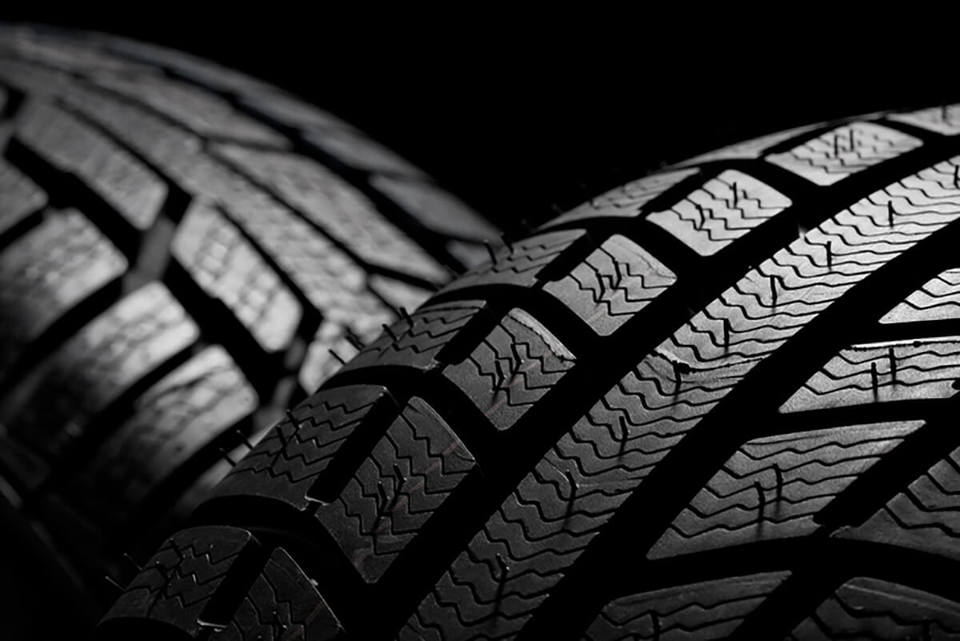Winter tyres can be used all year round, but it is in cooler, wetter conditions that they show their real benefit. Tests by the British Tyre Manufacturers Association found that a car braking at 60mph on a wet road at five degrees Celsius stopped five metres shorter, (more than one car length), when fitted with winter tyres.
Unlike studded tyres and snow chains, winter tyres do not damage the road surface.
The main difference between winter tyres and ‘standard' tyres is that they contain more natural rubber and advanced silica compounds. This means when temperatures drop below seven degrees Celsius they harden less than ‘standard' tyres and provide better grip.
Adrian Walsh, RoadSafe director says: "In winter, these tyres are a legal requirement in some European countries, including Germany and Austria. Road safety and motor groups in Britain, including RoadSafe, TyreSafe and SMMT recommend UK drivers follow the continent's example, and fit them in autumn and winter."


















MatthewPryor - 06/12/2010 12:06
I have a set of Bridgestone Blizzak LM-25 RFT winter tyres fitted to my BMW 118d, performing very well in the snow and ice, far better than last year on summer tyres. Fuel consumption is down by about 6mpg though, so will swap back to Bridgestone Turanza ER300 RFT summer tyres in March and save the winter tyres for next winter.